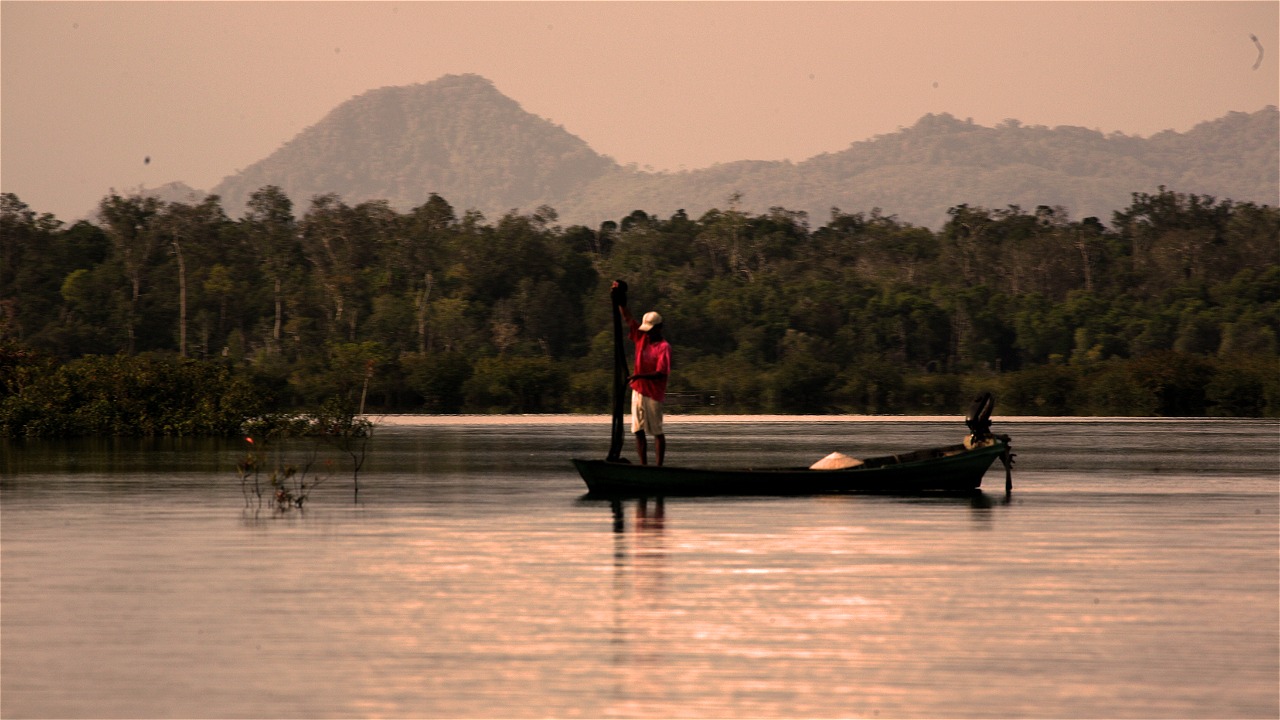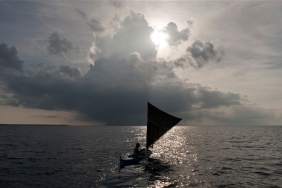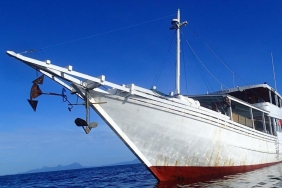#JELAJAHSAMUDRA: SNAPPERS NEED TO REPRODUCE!
Adella Adiningtyas (Marine & Fishery Campaign and Social Media Assistant)
Did you know that snapper fish that are gathering to reproduce are often caught? Even though these snapper fish that are trying to reproduce will produce many small snapper fish that will grow in the future.
As we know that the snapper fish that we often find on seafood restaurant menus has a round and flat body with elongated fins. The body length of snapper can reach 40cm. The sex of the snapper, which is separate from its body, requires the female snapper to release eggs before being fertilized with sperm by the male snapper.
Snapper reproduce year-round in warm waters, but snapper can also reproduce in cold waters during the dry season. Not a few snappers travel far from the reef where they live to reproduce. Unfortunately, snappers that are away from their home reefs are not spared the threat of being caught.
The most widespread reef fish species in the Pacific Ocean has a unique ability to group together when foraging and reproducing. Seagrass and sandy bottoms become gathering areas for reproducing snappers and young snappers looking for food. However, it turns out that this gathering habit is not practiced by other adult snappers who instead like to be alone and live on coral reefs.
There is a way that we can preserve the reproducing group of snappers, which is by choosing snappers that are not in a state of spawning. Because the number of snapper candidates from fertilized eggs can reach 1 million possibilities. Also, make sure that our favorite seafood restaurant does not serve immature snapper, because it is certain that the fish has not had the opportunity to reproduce.
Most of the snapper production in Indonesia is still produced by capture at sea, and only a few of them have been produced by aquaculture. If we continue to choose snapper that is in a state of spawning, it is certain that the number of snapper in the ocean will decrease. Let's be responsible fish lovers so that our natural resources remain sustainable and we can still find snapper in our favorite restaurants.





